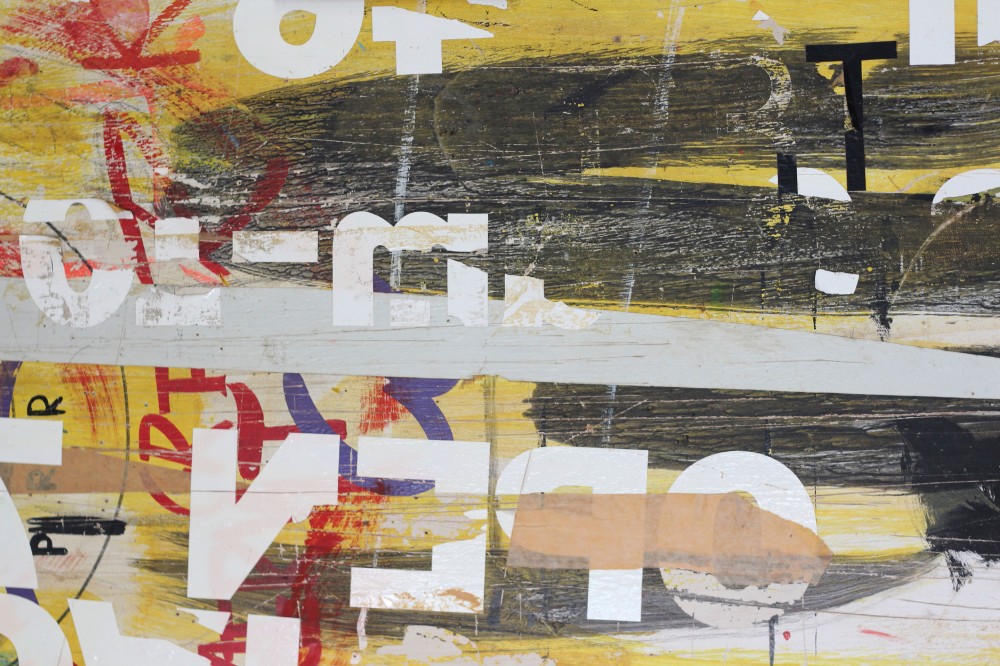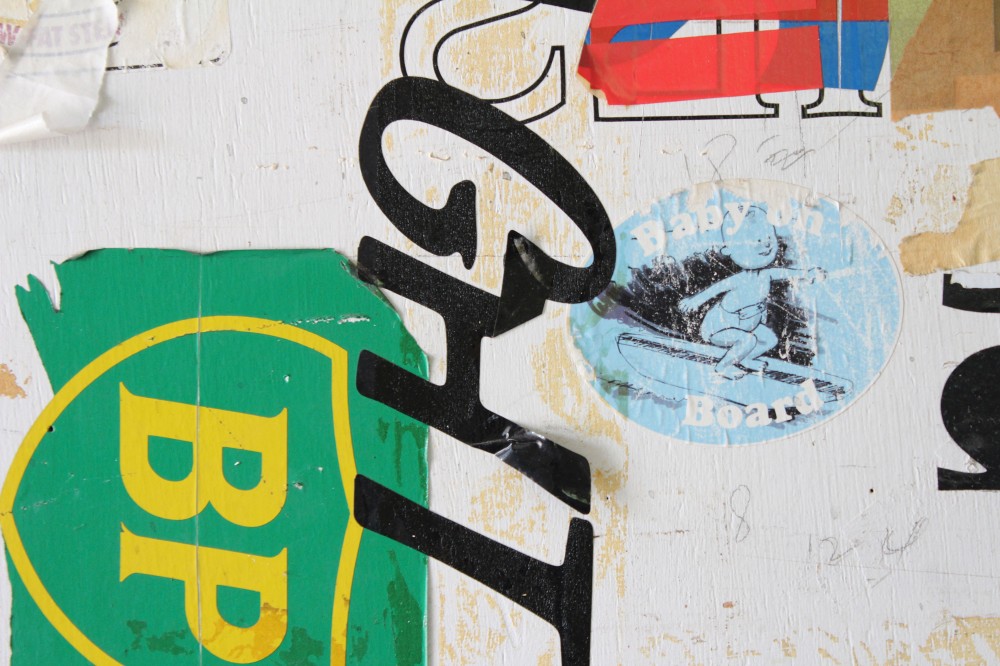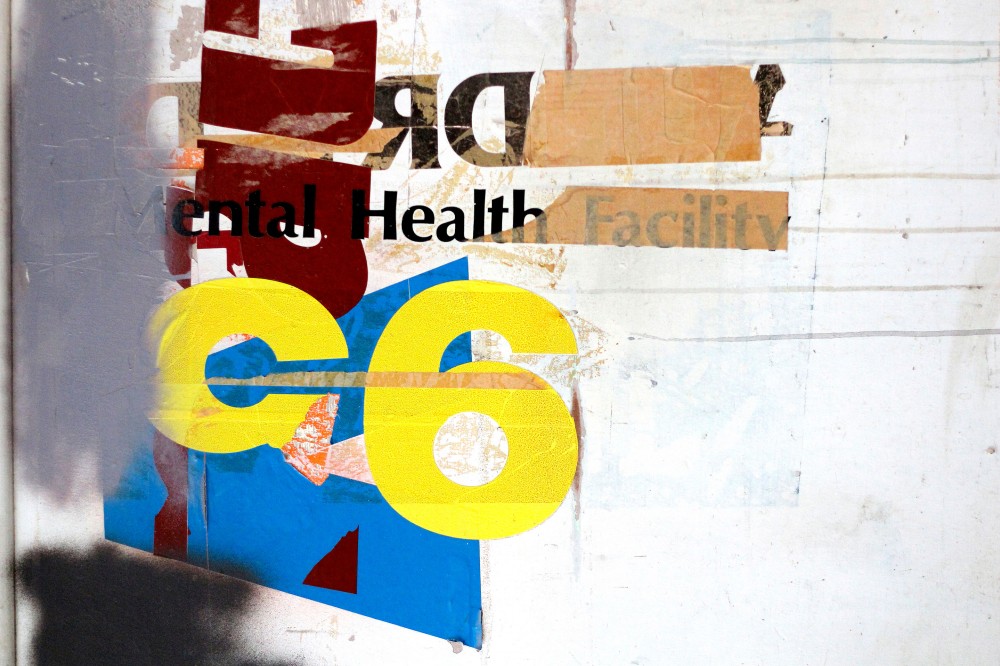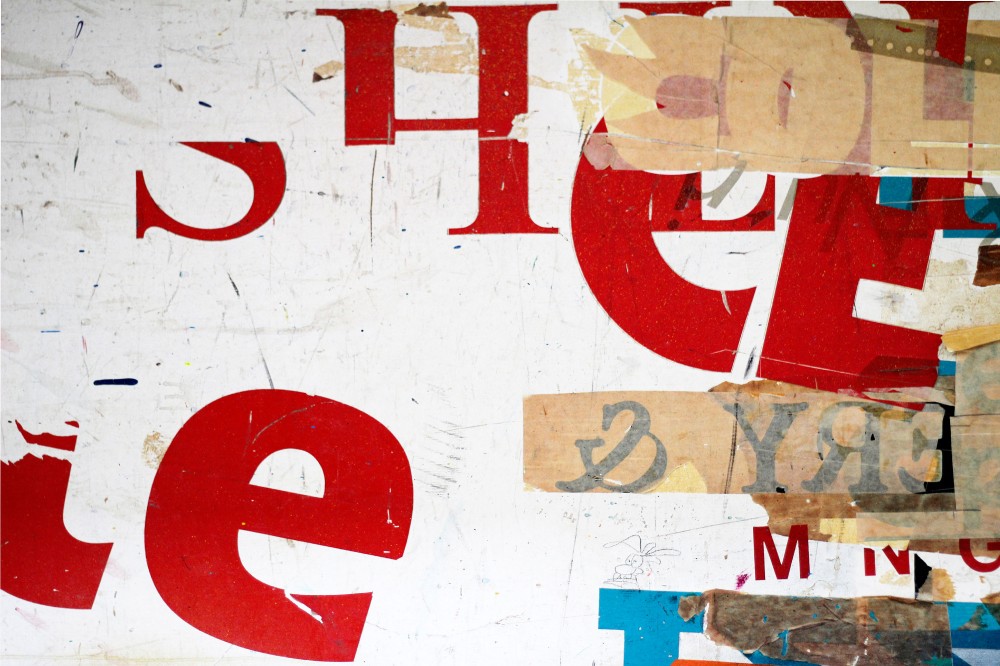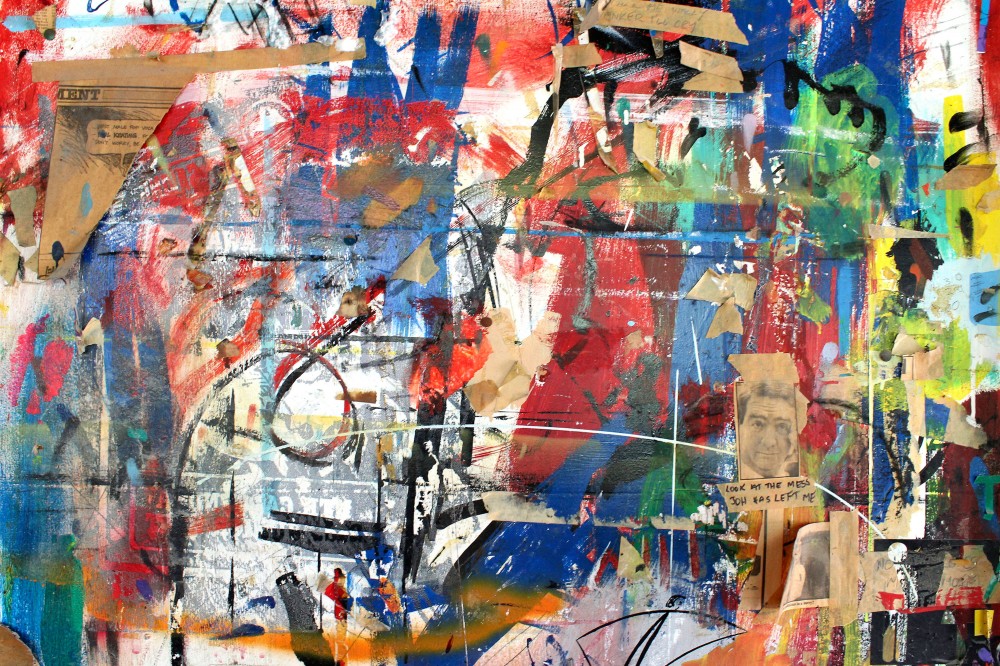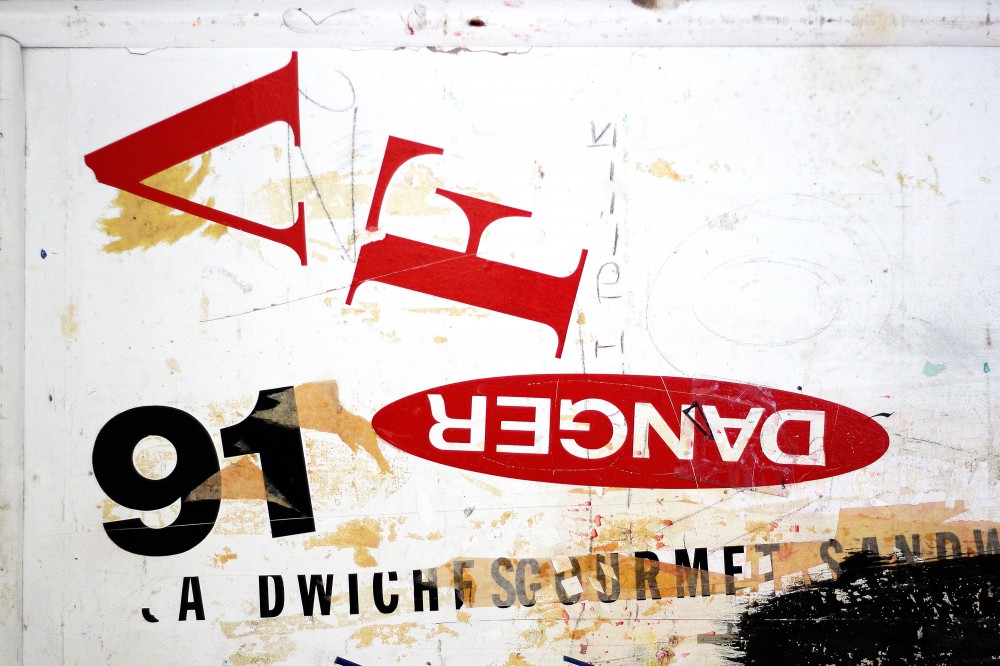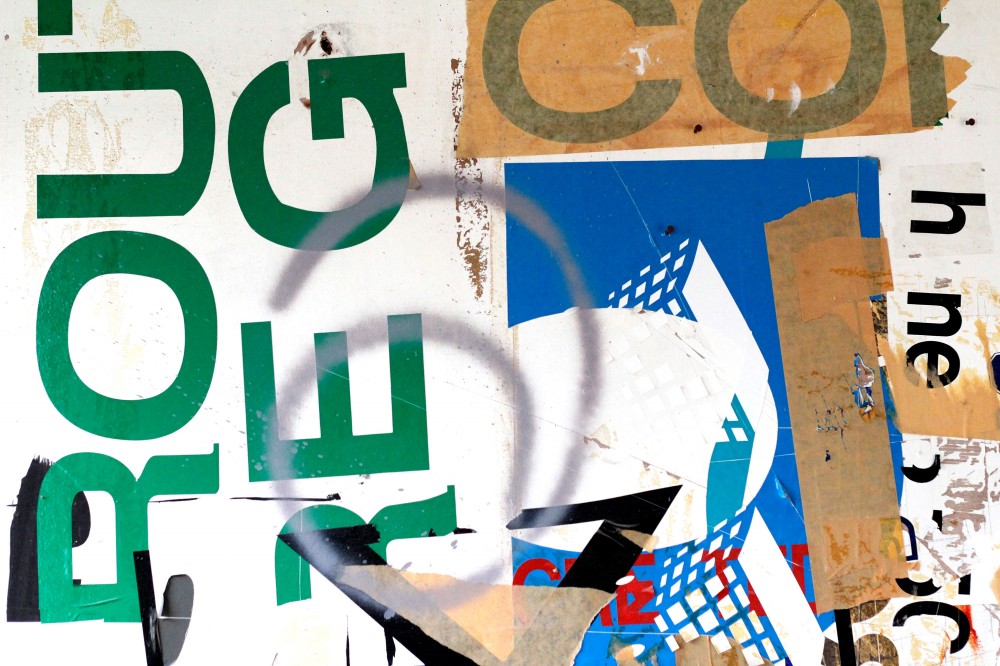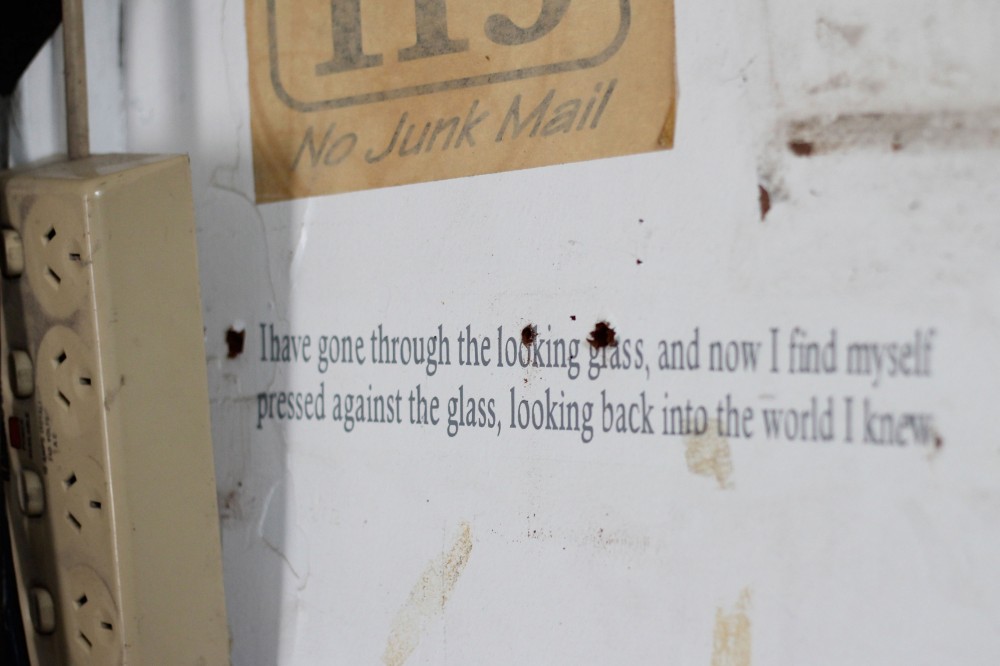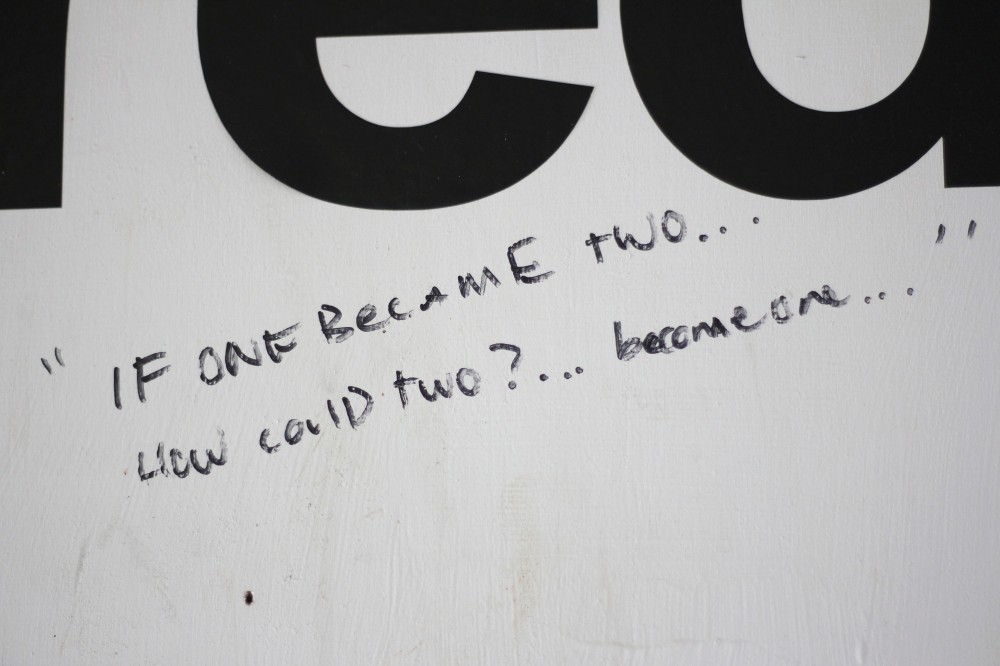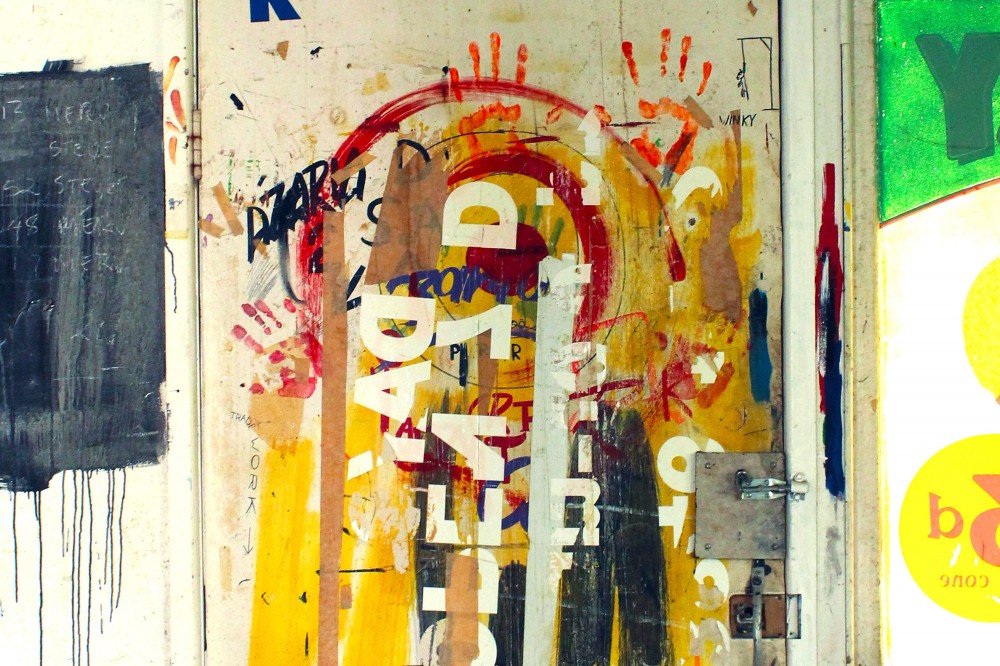Incidental Urban Anthropology #002
what/ A-Peel Signs Workshop
where/ 74 Braxton St Tarragindi Brisbane
when/ January 2014
who/ Jordan
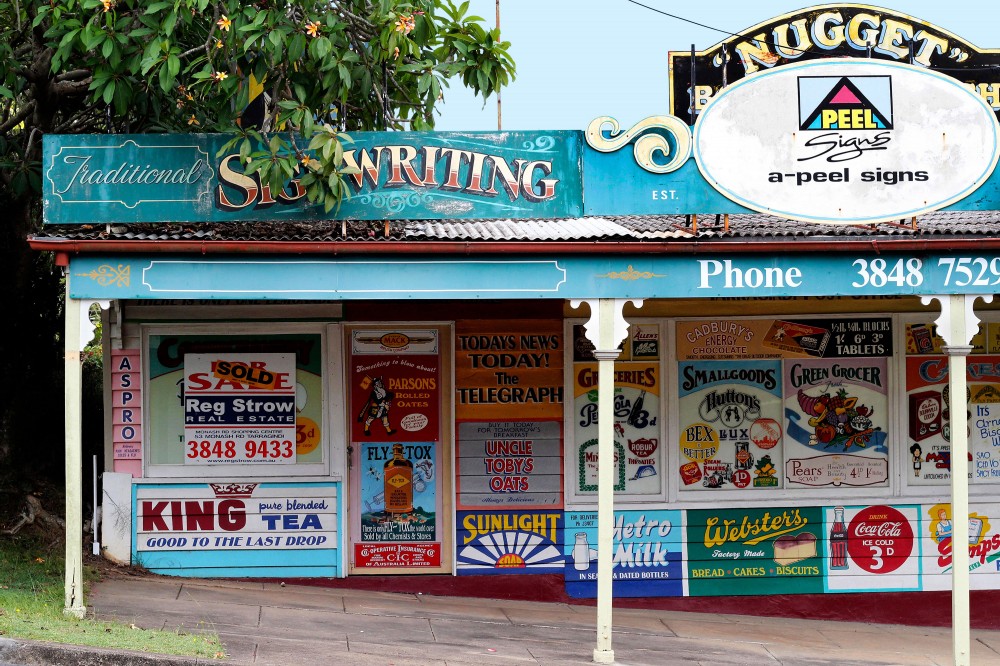
Standing outside this small suburban sign-writing business, I was hooked by the jumbled arrangement of historical adverts that coat the weatherboards and widow panes – some hand-painted, some vinyl-cut, and some odd mixtures of the two, each with their own place in time.
Ads for Cadbury’s ‘Energy chocolate’, Sunlight Soap, Billy Tea, Small Goods, Metro Milk and Arnott’s all gridded in orchestrated harmony. Hand-painted script lettering, bold block san serifs and colourful product illustrations formed an eclectic mosaic of commercial images. Charming, finessed and organised, this veneer was the building’s projected self, how it wanted to be seen to prospective customers and passersby – it was a testament to the skill of the sign-painters and a gift to the ordinary suburban streetscape.
They were commercial messages in the public realm, often an unwelcome intrusion, but these were archaic, somehow neutralised, not intensified, by nostalgia and by an increasingly redundant craft.
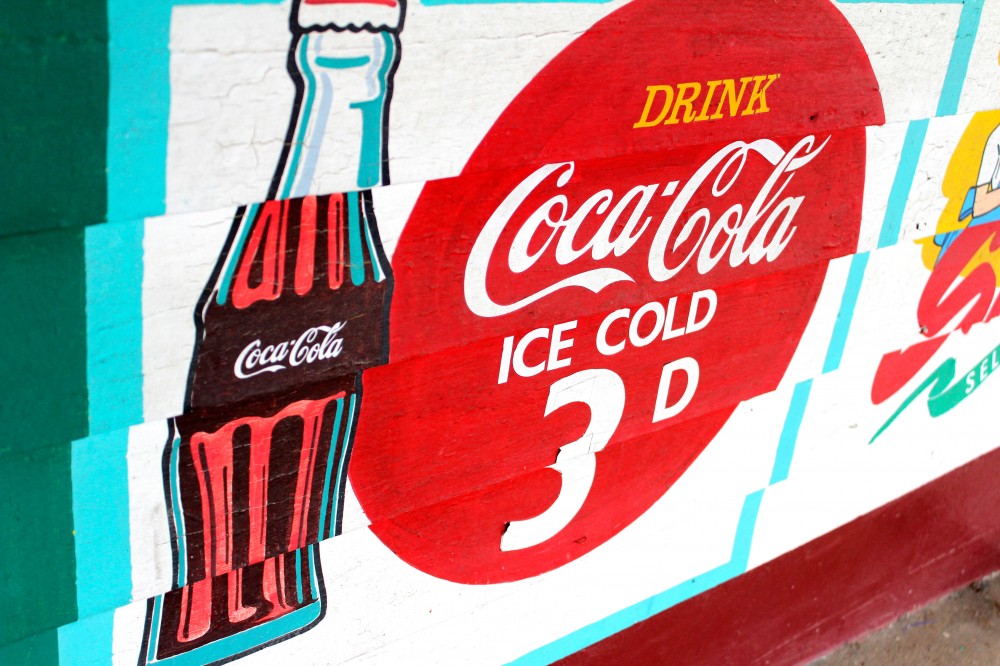
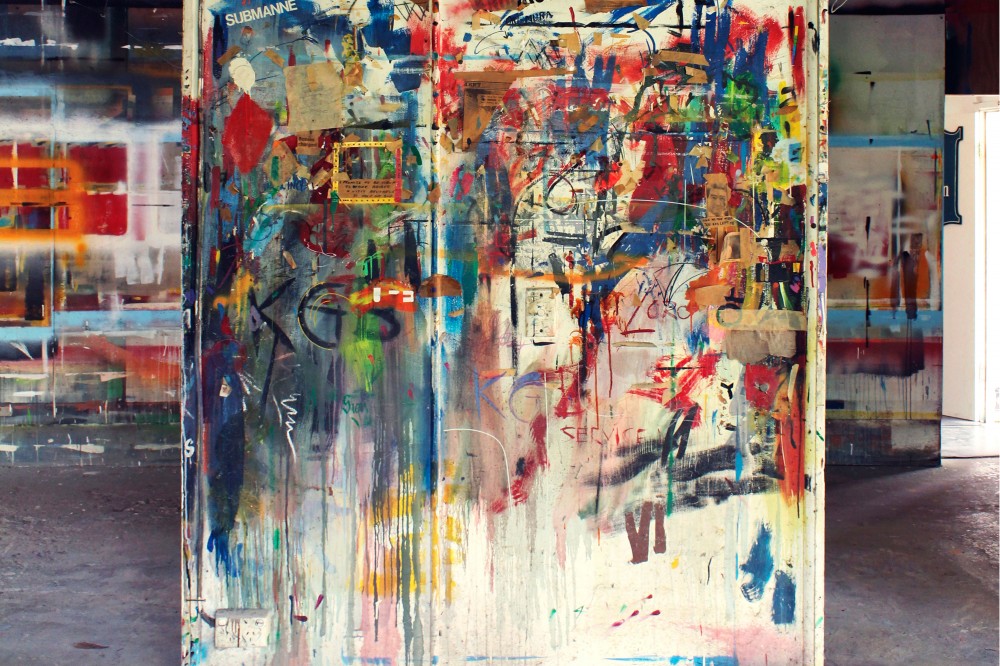
Walking through the front door of 74 Braxton Street, into the old workshop space, revealed a contrasting secret history. Stratums of sketches, half cut out letters, bits of duct tape, stenciled numbers and newspaper clippings all collaged in the chaotic tension of a kind of impromptu poetry.
I didn’t have to imagine the walls talking – they were all shouting at once in the fragmented, abstract language of a thousand half-expressed ideas overlaid in indiscriminate unity. To attempt to understand it would be to misread, but to not at least acknowledge some level of meaning seemed just as wrong. These walls revealed more about the character of the building’s history than the deliberate front façade, but just exactly what that history was, I couldn’t guess.
Instead I saw the broad strokes, forms, and outlines, the excess spray of the workshop’s modest existence. Former inhabitants' thoughts scribbled in red marker above a door (“WATCH YOUR HEAD BIGFOOT!”) hint at some of the workplace's extinct social dynamics. Fragments of poetry telling us to ‘read between the lines’ overlay newspaper clippings, tiny measurements contrast with oversized vinyl cut-outs, and gay rights stickers clash with authoritarian government logos.
This was the building’s subconscious, the dream-state of its cerebral consciousness, venting intimate juxtapositions and confessing internal structures. Meaning revealed by the relationships between random fragments of text could be found everywhere.
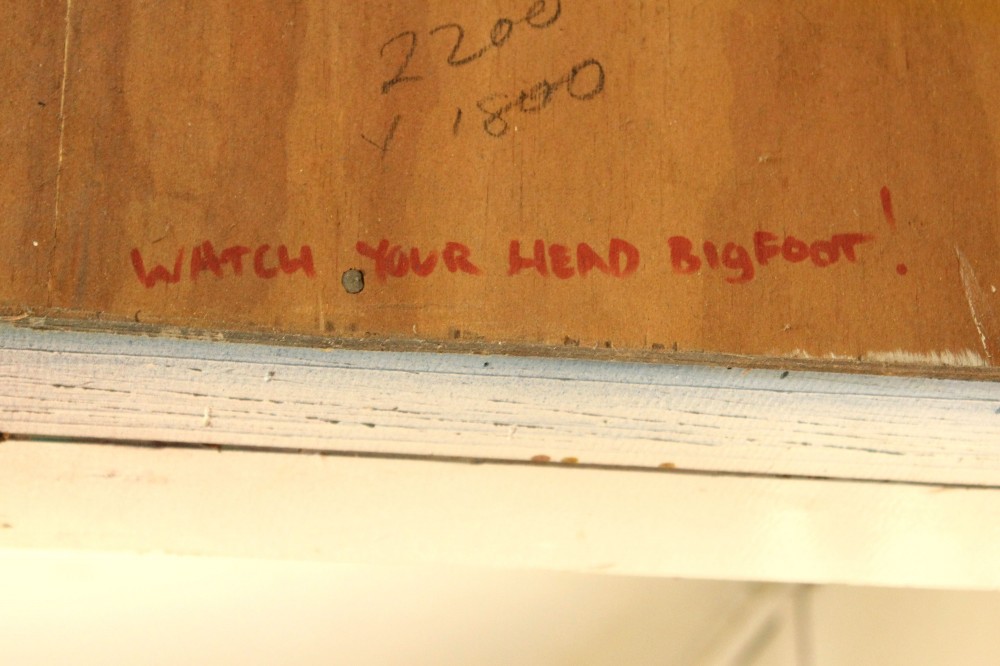
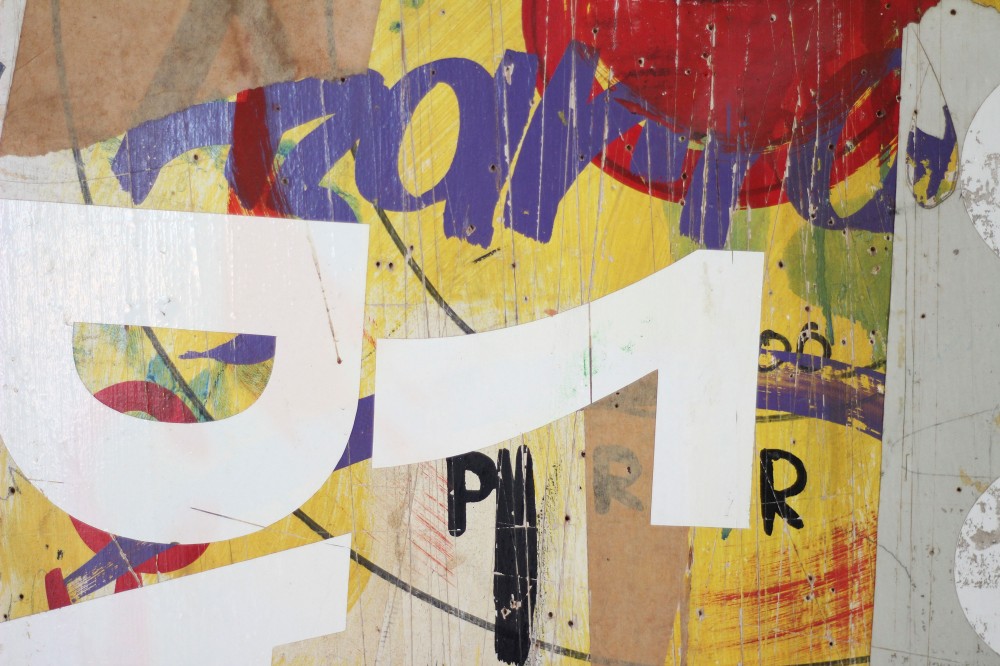
In the back of the building, I noticed a newspaper heading reading “Christian Contact“ taped on a wall near the word “RUM” cut in big black vinyl lettering. On the same wall, another newspaper clipping, this time a photo of former Queensland Premiere Joh Bjelke-Petersen with a hand written note reading “I promise to be corrupt, take bribes & visit the brothel so help me god”.
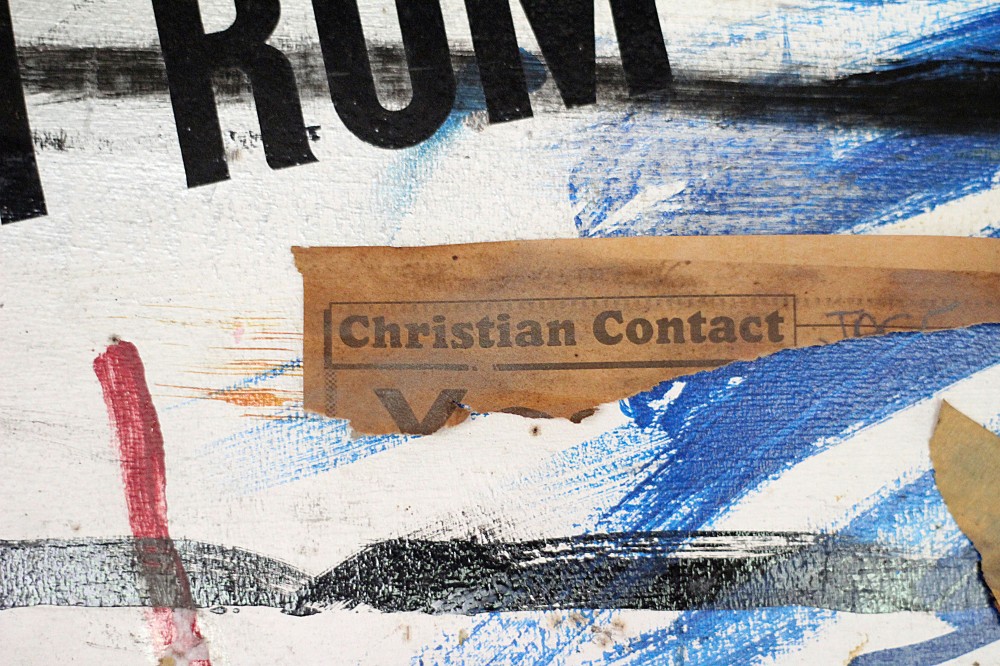
While the facade advertised a coherent presentable structure, inside those structures broke down and became fluid. The rigid scaffolding was reduced to a rubble of raw materials, and in that state of flux, produced irresistable compositions of agitated aesthetic power.
What my camera captured in a few hours was a snapshot of a building, that up until that day (the last day of the signwriter’s ownership), was constantly evolving and transforming itself out of 30 years of creative labour. All this was soon to be erased to make way for a new business, a very different culture, with a new façade and new interior, one that will be consciously designed – leaving no trace of its internal structure, past or present, no sign-writing and very little poetry.
